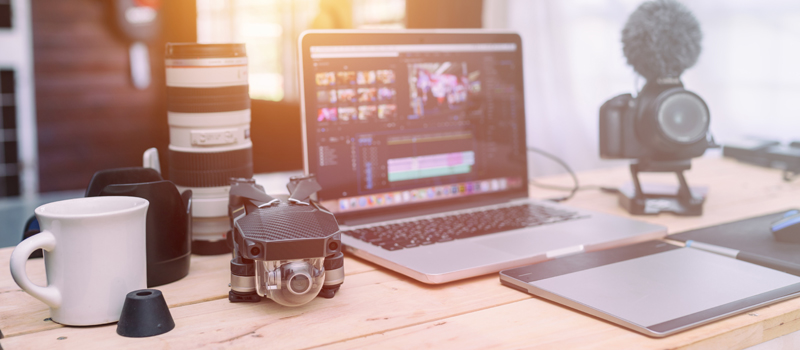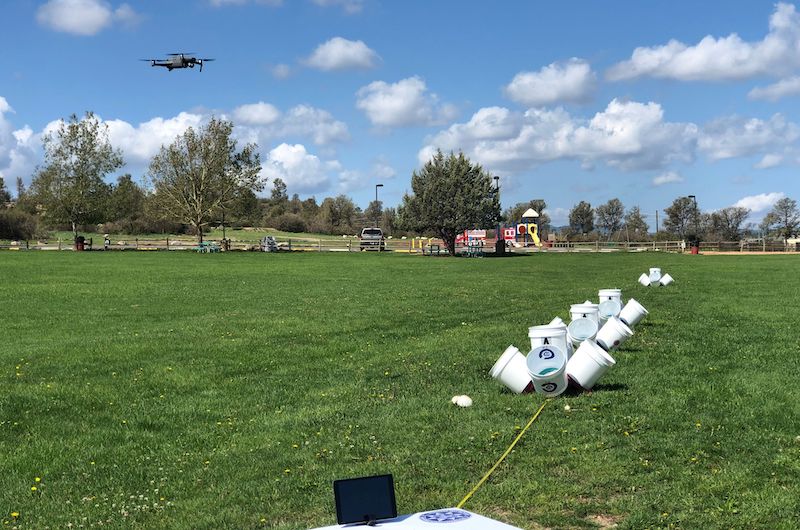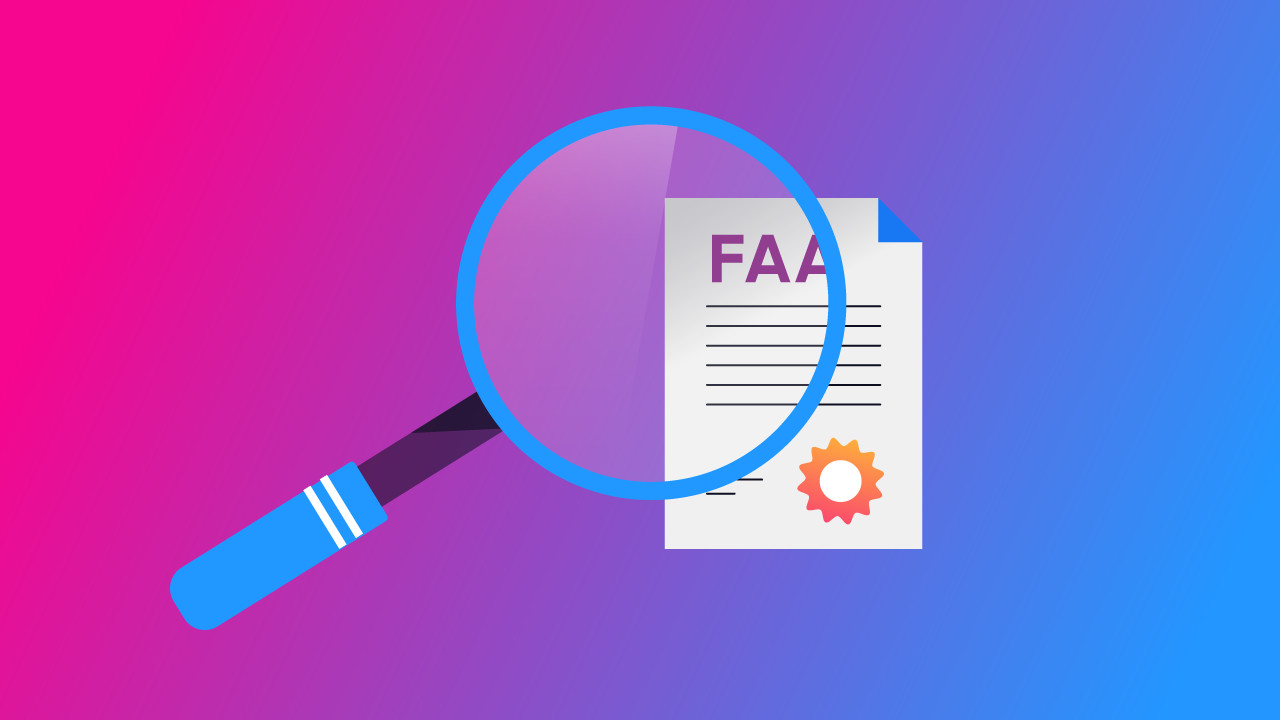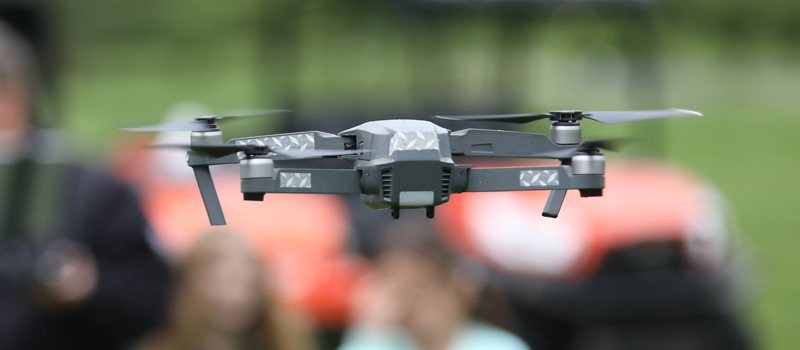-
What the Part 107 rules say
-
Are you monetizing your YouTube videos?
-
Other things to watch out for
- Flying over people and moving vehicles
- Flying above 400 feet AGL
- Flying too close to the clouds
- Flying at night
- Flying in controlled airspace
-
A cautionary tale
- Drone News Update
-
Final thoughts
-
Want to know more?
Without a doubt, aerial videos uploaded to popular social media channels have played a big role in making drones as popular as they are right now. Those who have gained an interest in drones only in the last few years have no doubt watched a drone video that someone else shot and uploaded on YouTube.
The combination of drone videos uploaded on YouTube and the current Part 107 drone laws is one that can be difficult to reconcile. Should you get a Part 107 drone license just for videos on your YouTube channel? What other issues should you watch out for?
What the Part 107 rules say
The FAA’s requirements for getting a drone license are pretty much cut and dry – if you’re flying your drone to earn money or in aid of any commercial business, then you need to have a Part 107 remote pilot certificate or drone license. These include activities that may not generate direct income but help the business in some way such as the use of aerial photos and videos for advertisement, or for the surveillance of a commercial facility.
Given how clear the ruling is, there really is little room for ambiguity. However, users who upload drone videos on YouTube have been arguing for a really long time that they don’t need to get FAA certifications. How grounded are these claims on sound argument?
Are you monetizing your YouTube videos?
Right now, everybody probably knows someone in their inner circle who regularly posts content on YouTube. The boredom of being stuck at home may have contributed to this growing trend. However, we’re certain that many people who upload videos on YouTube have ambitions of making it big or at least earning some extra cash with their videos.
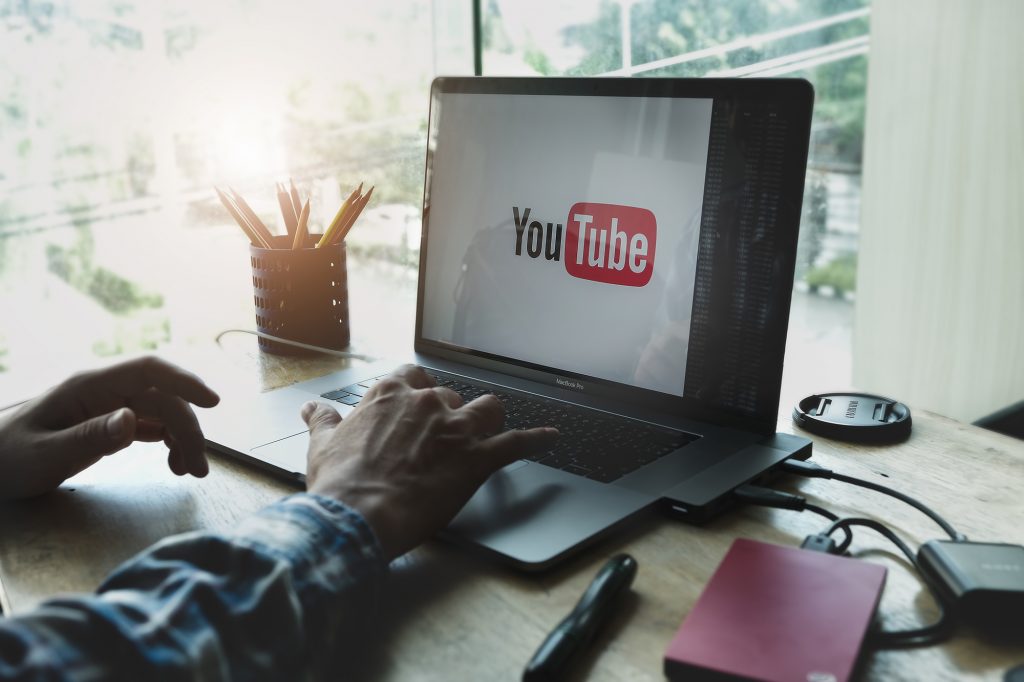
If you have any intention at all of monetizing your YouTube videos, then you absolutely must get a Part 107 drone license. This is hardly even a gray area. By running ads on your videos earning money through subscriptions or memberships, your videos will definitely fall within the umbrella of commercial use.
The only option for you to not get a drone license is if you have no plans of monetizing your YouTube videos, now or in the future. The difficulty of this decision is that you never know how popular your video can get once you upload it. If you suddenly get a hundred thousand views on that drone video, the allure of monetizing may make you conveniently forget that you did not have a drone license when the video was shot.
Take note that the FAA certification does not apply retroactively. If you get certified tomorrow, you cannot claim that the aerial videos you shot last month were shot under Part 107 rules. For this reason, it’s best to get a drone license before you even start uploading your drone videos online.
Other things to watch out for
Regardless of whether you have a drone license or not, a drone video can be damning evidence if you did something that does not comply with the FAA’s rules on drone flight. Here are just a few things that you need to make NOT to do which will be very easy to spot in your videos:
Flying over people and moving vehicles
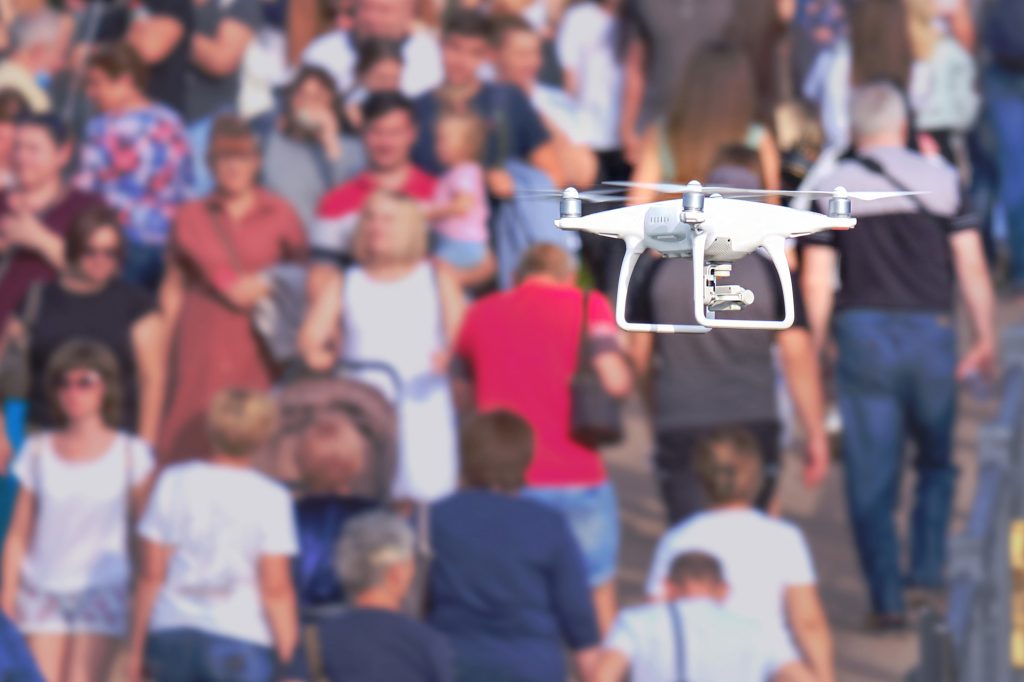
Flying a drone over festivals, concerts, or any crowded area may seem like a great idea unless you’re aware that the FAA prohibits this. Unless you have the appropriate waiver, you should not be flying your drone over someone who is not a participant in the activity. Roads and highways with moving cars are also a no-go, lest your drone causes a motor accident. Unfortunately, we see videos of this happening more often than we’re comfortable with.
Flying above 400 feet AGL
Normally, it would be pretty tough to tell how high a drone is flying from a drone video unless there was a convenient scale reference nearby. However, there are a few instances where telemetry data has been left with the drone footage. This makes it easily apparent which drone pilot has gone past the maximum altitude limit.
Flying too close to the clouds
Flying a drone into the clouds also seems like a great visual to include in your videos, but the FAA forbids that you fly your drone into conditions with poor visibility. More specifically, the drone needs to stay at least 500 feet below and 2000 feet horizontally from the clouds.
Flying at night

If you’re flying recreationally, then uploading a video where you fly at night should not be a problem. However, Part 107-licensed drone pilots are prohibited from flying a drone at night unless authorization has been granted by the FAA. This can be a huge bummer, as taking aerial photos and videos of the city lights at night sounds like an excellent idea.
Flying in controlled airspace
When your aerial video runs long enough, it can be very easy for viewers to identify exactly where you’re flying. This can be a problem if you’re flying in an area where you should not be in. Restricted and controlled airspace immediately comes to mind. If you’re uploading anything of the matter, then make sure you have the LAANC authorization to back you up if the FAA comes calling.
These are just some of the most obvious signs of violating FAA laws that can easily pop up in a video that you upload online. We point these out not so you can hide them but for you to avoid them completely. If you must fly in conditions that are normally restricted, then you must secure the appropriate waiver or authorization from the FAA first.
A cautionary tale
What prompted the writing of this article was a recent incident involving the FAA fining high-profile YouTuber PhillydroneLife because of a couple of videos that were live-streamed to his channel. The most eye-catching part of the incident is the fact that the FAA has proposed a whopping $184,500 total of fines.
What could have prompted such a stiff penalty? Apparently, the FAA has already notified the drone pilot knowns “Mickey” of several fines a few weeks before. There were a couple of infractions cited by the FAA, such as reckless flying, flying in fog, and flying over 400 feet. Moreover, the drone pilot did not have a Part 107 drone license.
Right now, nobody can tell how this matter would be resolved. There’s a good chance that the total fines that the drone pilot needs to pay will be negotiated down to a slightly more reasonable number. In any case, it’s a large blow to anyone’s finances and reputation to be charged by an agency like the FAA.
There’s also the matter of conflict avoidance. As we’ve said before, anything that gets uploaded to YouTube is free for anyone to see. Openly violating FAA rules on drone flight and uploading the videos to your own YouTube channel seems to be a really unwise move. There’s also the absence of a Part 107 drone license despite the near-certainly that the videos on the said YouTube channel are monetized.
There have only been a few times in the history of the Part 107 rules that the FAA has gone after a drone pilot in such a high-profile case. Understandably, this has turned into the talk of the town across various online drone communities. However this matter turns out, this is a cautionary tale that we will remember.
Final thoughts
Uploading videos taken from your drone to YouTube sounds like a simple matter, but make sure that you’re not unintentionally landing yourself in hot water legally. If you’re flying a drone, then you should be making an effort to educate yourself about drone laws anyway. Remember that ignorance is no excuse for not following the laws, especially with the ease with which information can be accessed nowadays.
Want to know more?
If there are still matters about uploading drone videos to YouTube that you need clarified, then head on over to the Pilot Institute YouTube channel for a more nuanced discussion from our resident instructor, Greg Reverdiau.
In the video we prepared for this topic, Greg discusses the Philly situation, the likely reason for why he was so stiffly fined by the FAA, and how to avoid such a thing from happening to you. He also goes over the basics such as the difference between recreational (44809) and Part 107 rules and whether the rules on YouTube also apply to other social media channels.
